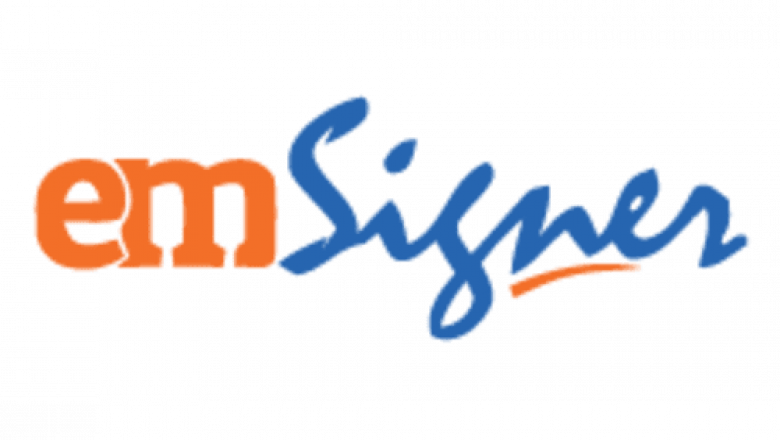views
According to a study by Statista, the global electronic signature market size is projected to reach $14.1 billion by 2026, reflecting its growing adoption among enterprises and individuals alike. This article delves into the journey of document signing, from its historical roots to the modern era of e-signature solutions, exploring the pivotal role these innovations play in shaping secure, efficient, and eco-friendly business processes.
From Quills to Clicks: A Brief History of Document Signing
For centuries, wet ink signatures symbolized authenticity, trust, and commitment in legal and business transactions. From the intricate signatures on the U.S. Declaration of Independence to the simple approval of a business contract, the pen and paper were indispensable. However, this traditional approach was often cumbersome, time-consuming, and prone to security vulnerabilities such as forgery.
The advent of the digital age brought forth the need for faster, more secure, and scalable alternatives. As businesses became global, relying on physical documentation became increasingly impractical. Electronic signatures, born out of this necessity, have emerged as a game-changer, offering a seamless way to execute agreements across continents with just a few clicks.
The Rise of E-signatures: A Paradigm Shift in Business Operations
E-signatures are more than a replacement for pen-and-paper methods—they represent a paradigm shift in how organizations create, share, and sign documents. Solutions that allow users to create electronic signatures provide not only convenience but also enhanced security, scalability, and efficiency.
Key drivers behind the adoption of e-signatures include:
-
Efficiency Gains: Businesses can now finalize contracts within minutes rather than days or weeks. By eliminating the need for printing, shipping, and scanning, organizations significantly reduce turnaround times.
-
Enhanced Security: Advanced encryption and authentication protocols ensure that documents signed electronically are tamper-proof and legally binding. For example, the U.S. ESIGN Act (2000) grants e-signatures the same legal standing as handwritten ones.
-
Cost Savings: According to a study by Forrester, organizations save an average of $36 per document by switching to e-signature solutions, eliminating costs associated with paper, ink, and physical storage.
-
Environmental Sustainability: Transitioning to e-signatures reduces paper waste and aligns with corporate sustainability goals. The environmental impact is profound; Adobe Sign, for instance, reports that its e-signature solution saved over 55 billion sheets of paper in a single year.
Source: https://blogs.emsigner.com/the-evolution-of-document-signing-from-wet-ink-to-e-signatures























Comments
0 comment